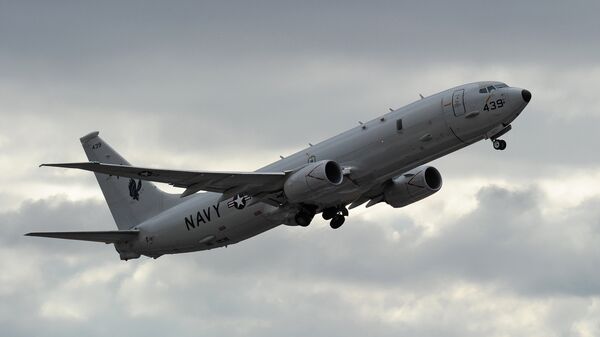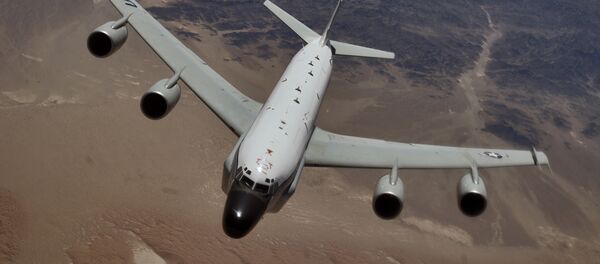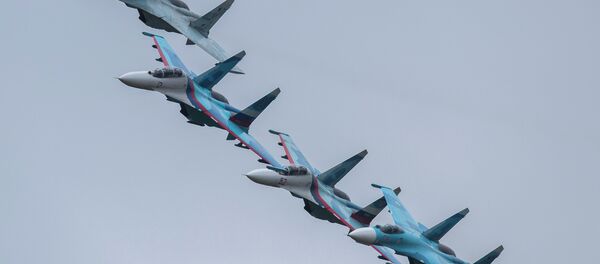Russia's jets have intercepted 14 foreign spy planes near its national borders in a week, the Krasnaya Zvezda (Red Star) newspaper reported on Thursday.
The paper estimated that US RC-135 planes and Global Hawk drones had been involved in ten reconnaissance missions, four were conducted by Norwegian P-3 Orions, and three by Swedish Air Force’s Gulfstream intelligence planes.
Planes of British and French air forces were each spotted twice by Russian air defense agencies. Portuguese and Japanese aircraft also made appearances close to Russia’s external frontiers.
The number of air incidents involving Russian and NATO planes has increased in the past years after the US-led alliance ratcheted up its presence on Russia’s western border in 2014.
On Wednesday, NATO F-16 fighter tried to get close to Russian Defense Minister Sergei Shoigu's plane flying over neutral Baltic waters to the country’s Kaliningrad exclave but was chased away by a Russian jet.
In an interview with Sputnik Radio, deputy editor-in-chief of Aviapanorama journal and former Air Force pilot, Vladimir Popov explained why the increased reconnaissance activity of foreign spy planes at this time of the year comes as no surprise to Russia.
"Spring-and-summer period is the most busy time in the work with aerial targets of the contiguous countries, which are conducting numerous military drills. With various military exercises the military are drawing up the results of their winter training," he told Sputnik.
Vladimir Popov also commented on the aerial encounters of Russian and foreign jets, explaining that it is not always an interception but rather an escorting of an identified aerial target and those aircraft which approach inadmissibly close to Russia's national borders.
With regards to the maritime borders, they enter Russia's exclusive economic zone in violation of the international law.
Vladimir Popov also explained what are the aims behind such entries of the reconnaissance aviation.
"If it is a spy jet, than it is, so to say, "drawing the fire upon itself." It needs to approach as close as possible to be able to discover certain data: to identify and fixate the radio frequencies, locate radar stations, identification and notification systems, understand how fast the signals are transmitted," he said.
If they ever decide to launch any provocation or break through the Russian borders, they will have the package of Russian radio frequencies which they will be either able to jam or evade, the expert concluded.






